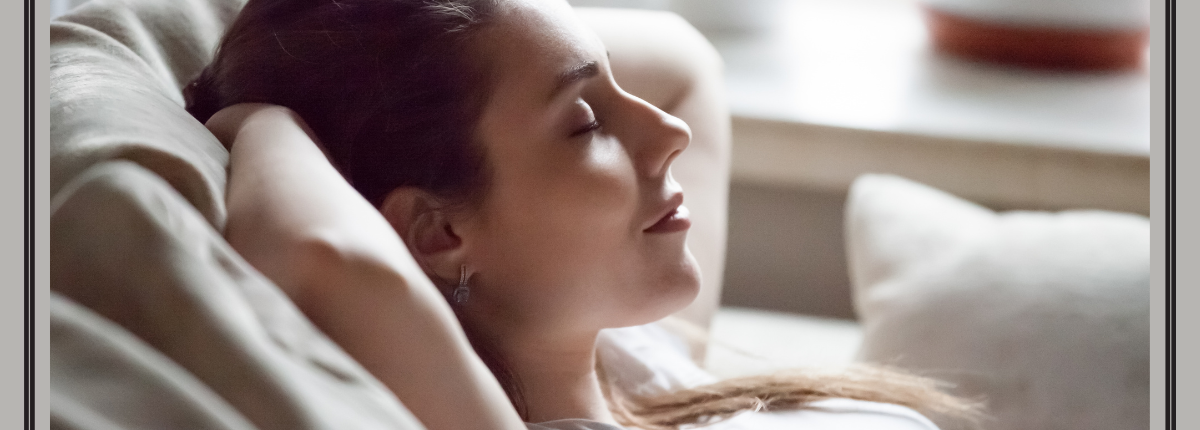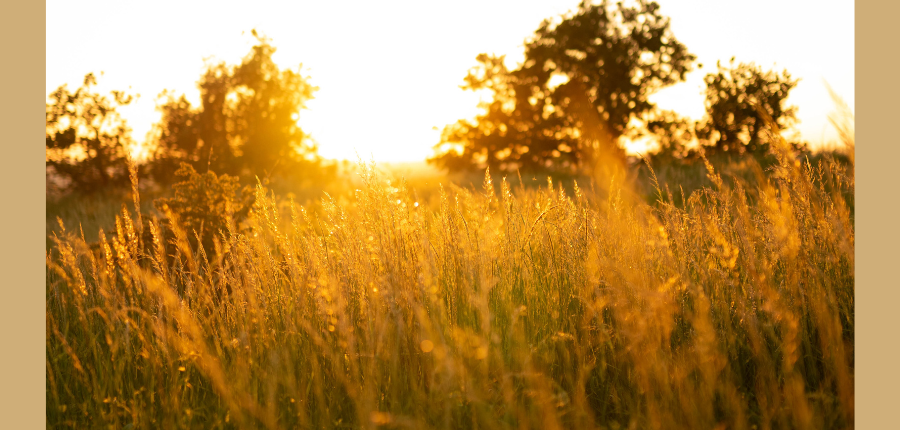
Patience as a mindfulness practice
One of the simplest practices of mindfulness is slowing down. We spend so much time rushing, thinking about what’s next when we’re not even there yet. A way to come into the present is to be slower and more intentional about things. The present moment is THE ONLY PLACE where we have control. So if we want to be more mindful, more aware of the present, the best thing to do is to be spending time in the present. Not spending time in the past and future while we are in the present. (Which is what we all tend to do…..)
Some ways to slow down and be in the present are:
Mindful walking – This can be taking a walk for the purpose of being slow and noticing what’s around us, OR we can mindfully walk around our home, around our office, from the parking lot to wherever we are headed. We can simply move slower and naturally come into the present more.
Taking transition breaks – We can notice when we are rushing from one thing to the next. Instead we can stop and be intentional about noticing what we just finished and what we are going on to next. Taking a one minute break when you are transitioning from activities isn’t going to make a noticeable difference in your time, but it will make a noticeable difference in your stress level and your focus.
Mindfulness helps us with focus because it encourages us to do ONE thing at a time. We all tend to do many things at once, and our brains do not actually work very well that way. Being mindful is being focused on the present moment, on what we are doing, and on how we feel.
All of these things allow us to then take the next best step. We have focus, we have clarity and we can move forward intentionally into the next moment, the next thing. We can notice when we need a break. We can notice when our stress level is going up. We pay attention to ourselves and take care of ourselves first and foremost because we can’t be our best in the world or for anyone we care about when we are beaten down by stress, overwhelm, and a mind that is elsewhere.
Patience can also be a great ally of mindfulness. Patience is an extreme form of slowing down. Patience is being able to wait for things to shift and change.
We can use patience in turning towards problems that we can’t change, or that will take a long time to change. We know that we will need to sit with these things over time, and learning to be with them will be so much less stressful than spending all our energy fighting reality.
Learning to practice patience starts with something small. We start with something manageable, get used to that, and then try to be patient with something bigger. We don’t need to suffer through this, we can take little bites of practice until it becomes manageable. Which it will.
One way to begin practicing patience is to notice the blocks in your day that annoy you. Being on a long hold on a phone call, stuck in traffic, a long line at a store, when the Wi-Fi drops. Notice your IMPATIENCE and in those moments, take a few deep breaths and sit with yourself. Turn it into a break! This is an amazing life hack, IMO. When we are stuck in a situation that makes us impatient – flip it from an annoyance to a chance to relax, breathe, sit.
Technology has made us so impatient! We now expect everything to happen in an instant as we want it to. And it doesn’t always do that. It’s a huge shift take the annoyance out of these moments of waiting. We can choose not to be annoyed! Being annoyed is default, so we can recognize that we need to practice before this will become a habit.
I was ordering concert tickets this week and was put in a 15 minute online queue, so I sat there and enjoyed a 15 minute break. I could have gotten mad at the queue, but instead it was an opportunity to be patient. I sat there and did some deep breathing – then the cue picked up and I got my tickets in 8 minutes. It ended up being less of an inconvenience.

There are 2 main mindfulness recommendations for areas in which we should practice patience.
First – patience with ourselves. This includes patience with our physical self – when our body is rebelling – when we have pain, injury, etc. Knowing that this will change over time in some direction. When we work with pain in the body, it can be interesting to notice that it changes. Pain in the body isn’t exactly always the same when you drop in to notice it. Even people I know who are working with chronic pain report that it does shift, sometimes lessens, sometimes feels different than other times. SO when we have an injury we can be patient knowing that it is ever changing.
Patience with ourselves also includes working with hardships like not getting what we want, or times when we regret our behavior. In these situations it’s best to find self compassion and know that everyone suffers personal difficulties and failures. We are human, it’s okay. We can control what we can control and that’s it. When it’s ourselves, we can learn from our mistakes and try to do better next time. Berating ourselves when things go wrong is not helpful. When we get caught in this type of behavior we can notice it and reassure ourselves that we are perfectly imperfect just as we are. Whever mistake we made has also been made by others and move on from it. Rehashing mistakes isn’t helpful, nor is beating ourselves up. This is known as “the second arrow” in Buddhism. The first arrow is whatever has gone wrong. The second arrow is the one we shoot at ourselves when we beat ourselves up about something. We just took a problem and added our own problem – the second arrow – on top of it.
When we sit in meditation, it is the perfect time of practicing patience with ourselves. We are sitting here, for a short time, allowing whatever arises until we are done. There definitely have been times when I wanted a meditation to hurry up and be done. So I could cross off my checklist – meditation done! And this is exactly when we need to notice our lack of patience and reconnect with the process of sitting quietly and allowing. Not rushing. Not expecting things to be different than they are, sitting patiently.
The second area of practicing patience is patience with others. Human beings are complicated. Other people can be the source of joy, of love, of excitement – and they can also be the source of anger and frustration. Increasing our ability to be patient with others can help us be less stressed when we recognize that we cannot control other people. We cannot control their actions. When we try to do this, we will always fail. So leaning into this understanding will allow us patience. They will do what they will do, and it’s in our best interest to be patient with them when they act in ways that we don’t prefer. Or course, I’m keeping an exception for damaging behaviors – we do not need to be patient when others are cruel. In that case we do best to set boundaries, walk away etc. Just to clarify.
Practicing patience with others calls for tolerance, understanding, compassion. It also knows that we will become frustrated and angry with others, and we do best when we can learn to live with that. When we can allow ourselves to be appropriately angry AND not let it eat us up. This is a both/and situation.
When we can find patience in the present moment, we are allowing what is real to be what it is. Impatience is another way that we fight the present moment, wanting it to be other than what it is.
Patience is our ally in being in the moment and accepting, allowing, and remaining calm.


